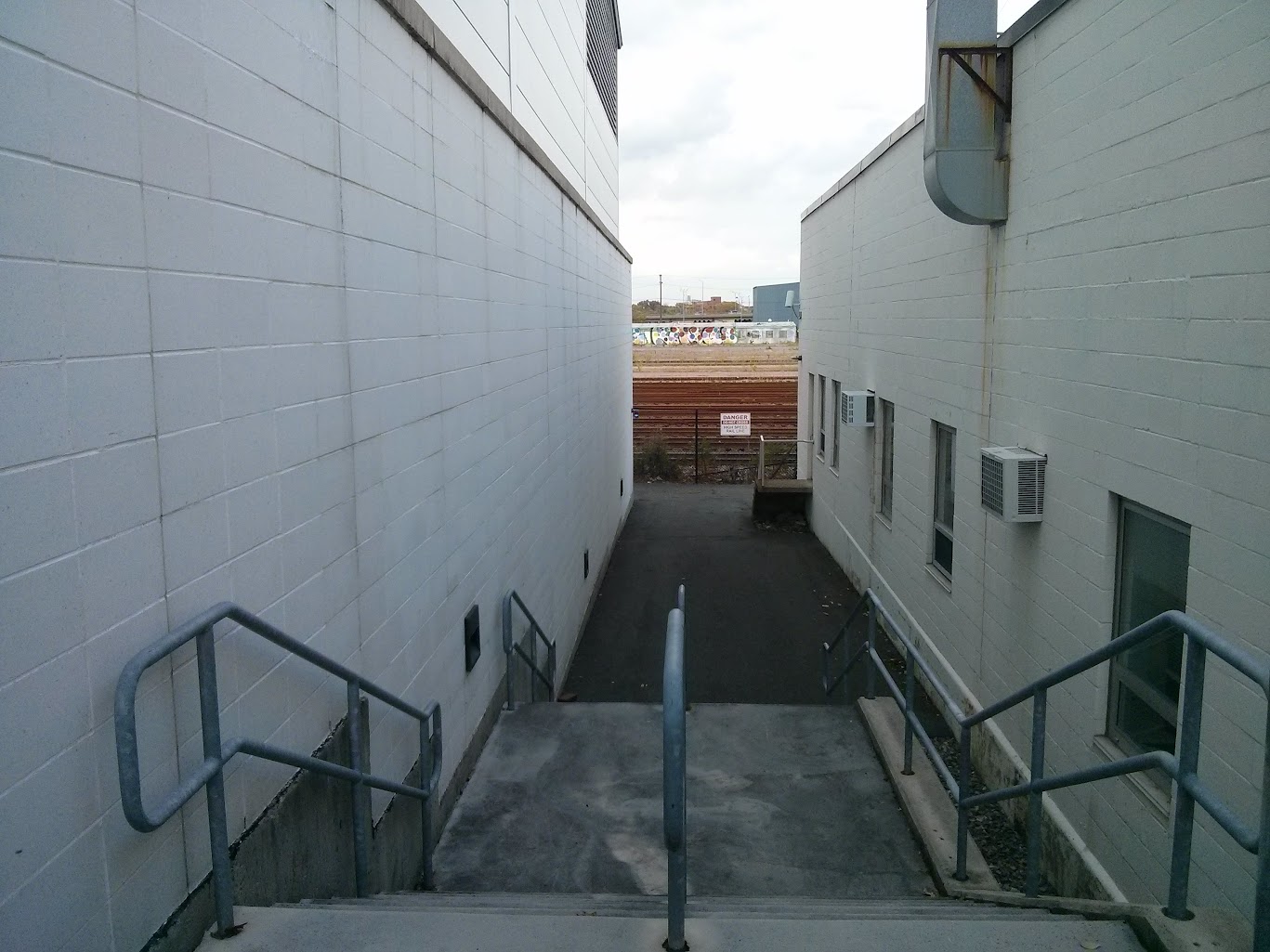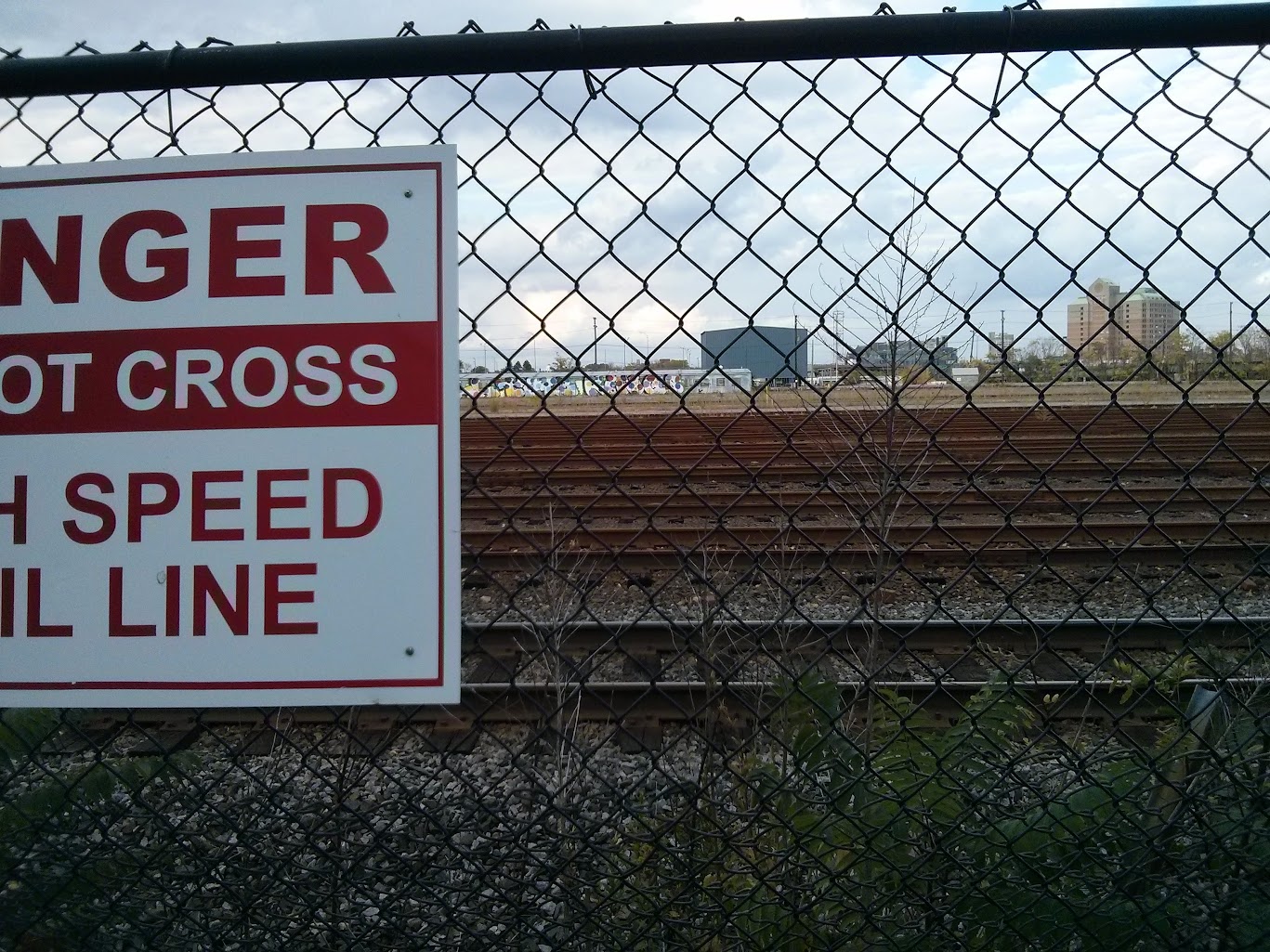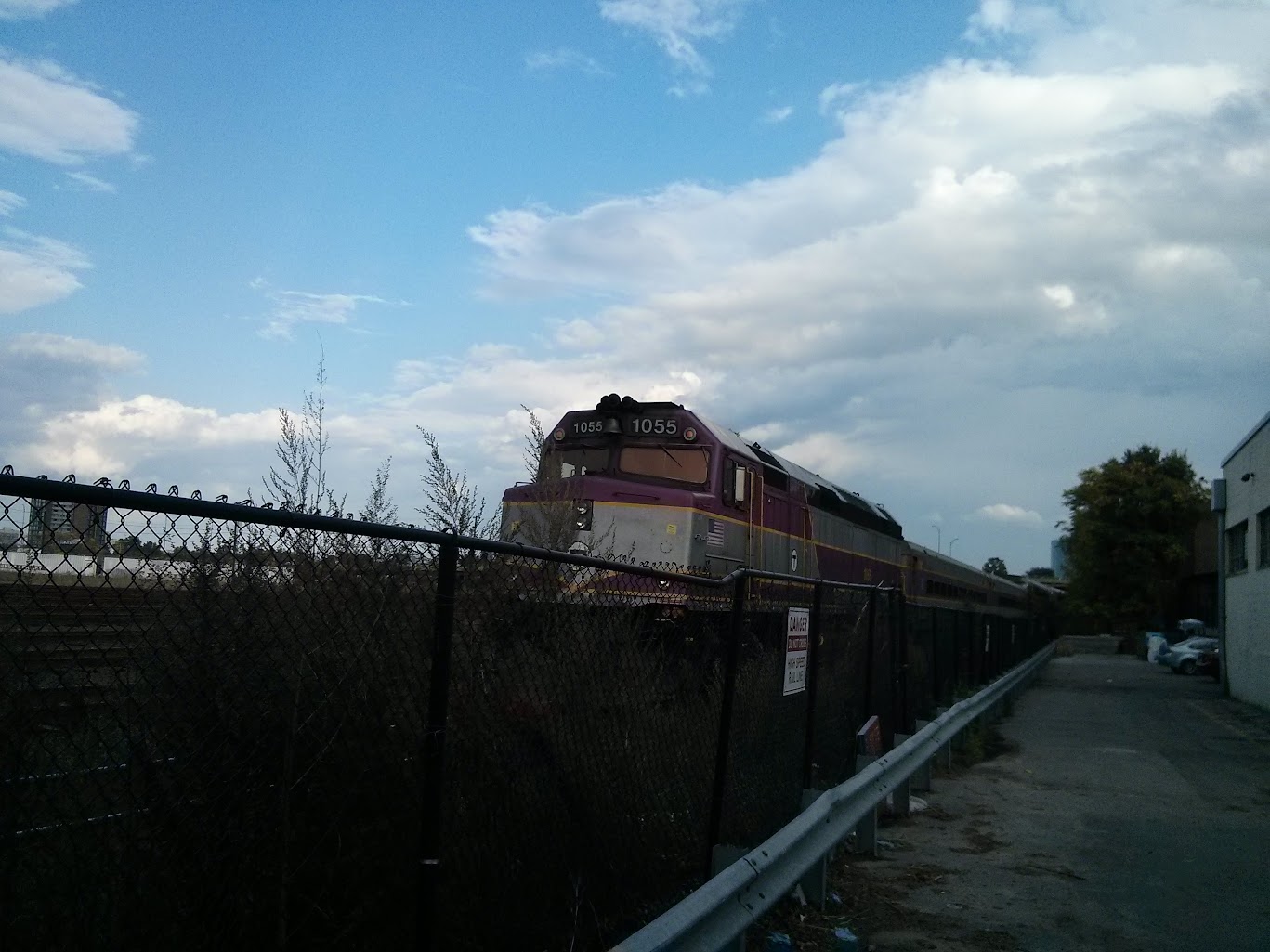You are using an out of date browser. It may not display this or other websites correctly.
You should upgrade or use an alternative browser.
You should upgrade or use an alternative browser.
I-90 Interchange Improvement Project & West Station | Allston
- Thread starter Matthew
- Start date
The toll plaza alone has eight separate bridge structures of varying length which are going to be replaced with two. From a maintenance perspective, just that alone is worth the project.
I've always wondered... from a budget/approval perspective how maintenance costs are considered. Are they included in the "total cost" that is frequently quoted as the construction cost or merely an afterthought? It seems like it would be beneficial to state finances to consider not only the construction, but also the maintenance and replacement/retirement of infrastructure when these projects are in the design phase.
F-Line to Dudley
Senior Member
- Joined
- Nov 2, 2010
- Messages
- 9,562
- Reaction score
- 10,472
I've always wondered... from a budget/approval perspective how maintenance costs are considered. Are they included in the "total cost" that is frequently quoted as the construction cost or merely an afterthought? It seems like it would be beneficial to state finances to consider not only the construction, but also the maintenance and replacement/retirement of infrastructure when these projects are in the design phase.
Day-to-day costs also vary a lot by MassDOT maintenance area. The inside-128 tolls, despite being large structures with a lot of booth attendants on-staff, probably are a pretty efficient operation on cost recovery. Simply because the geographical area is so small that the employees have fewer commute-related costs to subsidize and roving supervisors, maintenance crews, and armored trucks that collect the daily proceeds can cover a lot more booths out of one location with fewer people and equipment. The offsite staff might be able to administer the Tobin, Ted, Sumner, Allston, and Weston all from one office. Or at most a Pike office and a bridges/tunnels office owing to how recent the Turnpike Authorithy's dissolution was.
Western MA has got to be the most expensive. West Stockbridge and Lee are probably the most expensive installations of all because of how remote they are, despite having the fewest booths. Palmer probably stinks too since that's neither here nor there between Greater Springfield and Greater Worcester. And I-84's probably worse than every other interchange with another interstate highway.
Watch the sequence in which they abolish the tolls. They'll probably tackle the Sumner and Ted next just to finish the bridges/tunnels, but they probably won't be working linearly westward out of Boston despite 495, Weston, and Allston all being acute priorities (and Allston will get the booths retired years before the first shovel goes in ground on the new alignment). It'll probably flip to the opposite end of the state to purge Berkshire County, then hop over Springfield to Palmer and 84 before the Westfield/91/33/291 cluster, 290/146/122/495/9/30 Auburn-Framingham cluster, and Weston/Newton-redux/Allston inside-128 cluster get done.
It doesn't make linear sense until you look at the MassDOT maint district map and where the staff and maint bases are located on a map. Then it makes complete sense finances > traffic levels.
Equilibria
Senior Member
- Joined
- May 6, 2007
- Messages
- 7,089
- Reaction score
- 8,330
Watch the sequence in which they abolish the tolls. They'll probably tackle the Sumner and Ted next just to finish the bridges/tunnels, but they probably won't be working linearly westward out of Boston despite 495, Weston, and Allston all being acute priorities (and Allston will get the booths retired years before the first shovel goes in ground on the new alignment). It'll probably flip to the opposite end of the state to purge Berkshire County, then hop over Springfield to Palmer and 84 before the Westfield/91/33/291 cluster, 290/146/122/495/9/30 Auburn-Framingham cluster, and Weston/Newton-redux/Allston inside-128 cluster get done.
It doesn't make linear sense until you look at the MassDOT maint district map and where the staff and maint bases are located on a map. Then it makes complete sense finances > traffic levels.
Actually, I believe they said in the same press release as the announcement of Raytheon's contract that Weston is going first. No other word on order, though.
http://www.bostonglobe.com/business...tts-turpike/8JG6ROIJ9ekk77aaFACHuL/story.html
matredsoxfan
Active Member
- Joined
- Apr 7, 2013
- Messages
- 337
- Reaction score
- 0
Actually, I believe they said in the same press release as the announcement of Raytheon's contract that Weston is going first. No other word on order, though.
http://www.bostonglobe.com/business...tts-turpike/8JG6ROIJ9ekk77aaFACHuL/story.html
Weston 128 Interchange will begin next April.
I agree. Harvard and the Turnpike had a no-Olympics-needed land swap deal almost as soon as the state closed its purchase of the line from CSX (Harvard having earlier bought the rest)
The rail component has taken a little longer, but is still very much a non-Olympic thing.
To recap:
The Turnpike's interest is shedding all the expensive-to-maintain structures--most of which are nearing the need for full-rebuild and replacing all the bridges and toll plazas with just a e-toll gantry and simple offramps, straightening the Pike itself and ditching a lot of circuitous routings.
The State & City like returning all the land underneath to uses that can power economic growth and even expediting car trips with a straighter pike, no toll booths, and simpler network connections. Boston might not get taxes from Harvard, but it'll probably get some PILOT payments.
And Harvard's non-Olympic interests are well known too: attach more of the yards it owns to its Allston campus and serve it with a street grid and get it served with transit. Initially, this powered the land swap, but the logic, extended, leads pretty quickly to a need for transit. Which is why Harvard (and not the Olympic committee) has pledged the next 1/3
Recent Insights on West Station:
Infill Stations are all the rage in transitland since they offer good bang-for-buck. And the MBTA likes getting the most out of its purchase of the Worcester Line from CSX. So the state putting up 1/3 of the cost is a good deal (and a win Worcester/Framingham, which gets easy access to "Harvard" jobs)
And then there's Boston University. Asked by a reporter, the Governor answered "no comment" to the question of whether BU is the obvious party to pay the "other 1/3rd" I have to believe that even now arms are being twisted to get BU to think of West Station as a natural place for gateway, and research, and vertical growth.
For me, the final 1/3 should come half from the City of Boston and half from BU. BU can't really afford 1/3...it doesn't have a huge speculative parcel whose access is at stake like Harvard does...but 1/6th of the Station's cost seems fair.
And then Boston, who is way behind on the trend of cities (NYC, Chicago, & DC) that are spending their own money to upgrade their urban transit at key places. Boston should pay 1/6th just for the brand polishing that comes from getting "Boston West Station"
This area would be a perfect gateway for BU, but the fact that Harvard owns the adjacent land makes it not as attractive, in my opinion. Now, if there were some sort of way to allow BU to expand North and West there, it would be great!
This area would be a perfect gateway for BU, but the fact that Harvard owns the adjacent land makes it not as attractive, in my opinion. Now, if there were some sort of way to allow BU to expand North and West there, it would be great!
IIRC, BU was the other party Harvard was bidding against when they bought Beacon Park from CSX. In all honesty, I think BU getting the property would have been better, as it would have possibly allowed them to unload some of their brownstones back to the public and given them a chance to have a real quad. Extending Malvern, Alcorn and/or Babcock Streets across the Pike would probably be a non-issue if BU owned the property too. But hey, rose tints and all that.
- Joined
- Dec 10, 2011
- Messages
- 5,599
- Reaction score
- 2,717
IIRC, BU was the other party Harvard was bidding against when they bought Beacon Park from CSX. In all honesty, I think BU getting the property would have been better, as it would have possibly allowed them to unload some of their brownstones back to the public and given them a chance to have a real quad. Extending Malvern, Alcorn and/or Babcock Streets across the Pike would probably be a non-issue if BU owned the property too. But hey, rose tints and all that.
Even so, BU has some pretty "scruffy" uses backed up to the tracks that can/should be replaced with better, taller stuff
IIRC, BU was the other party Harvard was bidding against when they bought Beacon Park from CSX. In all honesty, I think BU getting the property would have been better, as it would have possibly allowed them to unload some of their brownstones back to the public and given them a chance to have a real quad. Extending Malvern, Alcorn and/or Babcock Streets across the Pike would probably be a non-issue if BU owned the property too. But hey, rose tints and all that.
I remember the same thing, though I couldn't find an news to support it in a brief search. I recall BU bidding the same amount, but Harvard just "getting it." Overall, I think BU would be ready to pounce on this area, though I don't think BU would ever plan to give up it's Brownstones.
Even so, BU has some pretty "scruffy" uses backed up to the tracks that can/should be replaced with better, taller stuff
Agreed. Hopefully whatever direction this finally goes, it can facilitate a feeling of that area being connected, rather than hitting a wall to the North...
DANGER
High Speed Rail Line
Maybe in a couple of decades...
stellarfun
Senior Member
- Joined
- Dec 28, 2006
- Messages
- 5,711
- Reaction score
- 1,544

This map, from 2003, shows Harvard bought the entire kit and kaboodle.
Parts of the land were/are subject to easements, some extending into perpetuity.
The story of the fight over the sale is narrated here. BU may have been interested but IIRC, they never entered a competitive bid.
http://harvardmagazine.com/2003/07/over-91-acre-allston-pur-html

This map, from 2003, shows Harvard bought the entire kit and kaboodle.
Parts of the land were/are subject to easements, some extending into perpetuity.
The story of the fight over the sale is narrated here. BU may have been interested but IIRC, they never entered a competitive bid.
http://harvardmagazine.com/2003/07/over-91-acre-allston-pur-html
It's a fuzzy memory now, but as I recall, BU bid the same amount as Harvard, but lost out for no other apparent reason than "Harvard."
ErnieAdams
Active Member
- Joined
- Nov 16, 2011
- Messages
- 280
- Reaction score
- 134
The ENF (83MB PDF) is now available. Go nuts. Task Force meeting 10 is tonight, the last one before the design process, possibly the last one ever.
Lots of the illustrations are showing A Line tracks to Union Square, ha.
bobthebuilder
Active Member
- Joined
- Oct 17, 2013
- Messages
- 434
- Reaction score
- 159
Incredibly stupid question: how the hell do you get to Storrow?
Rent a uhaul



